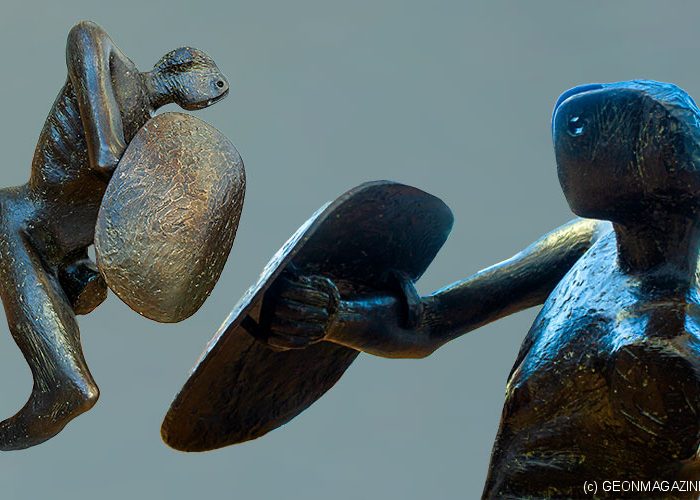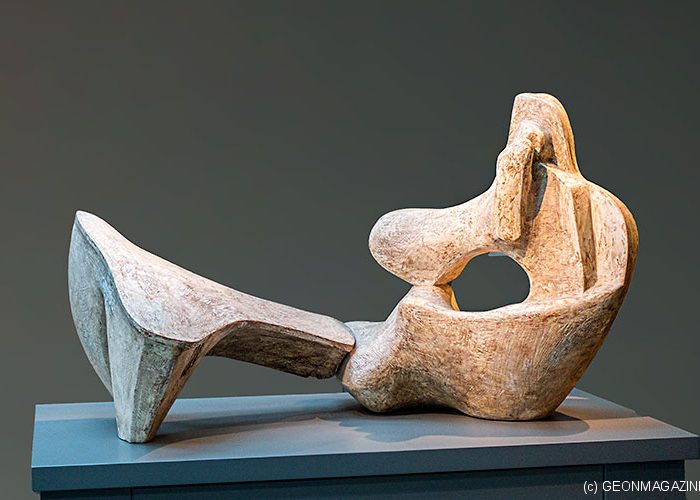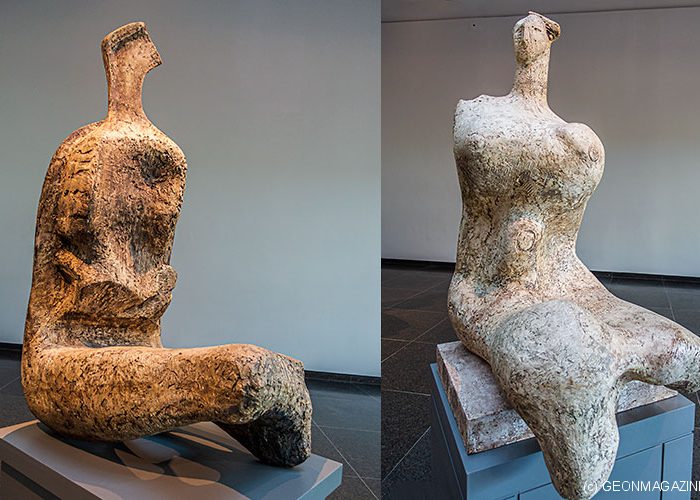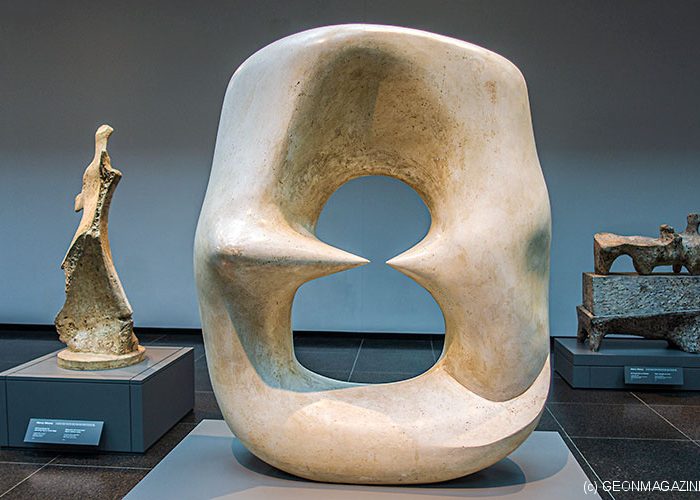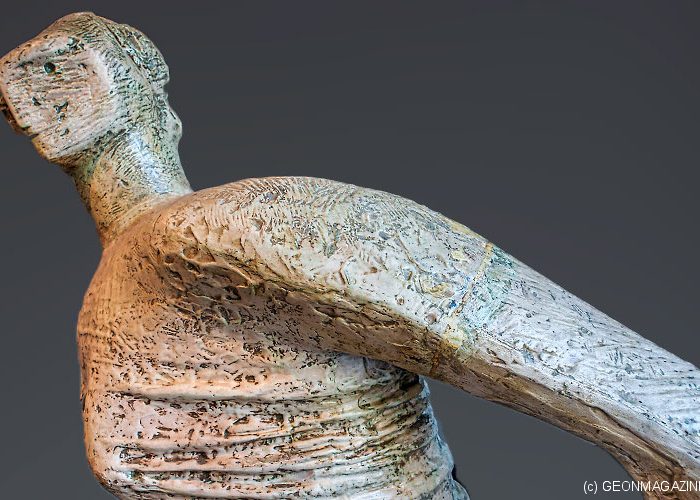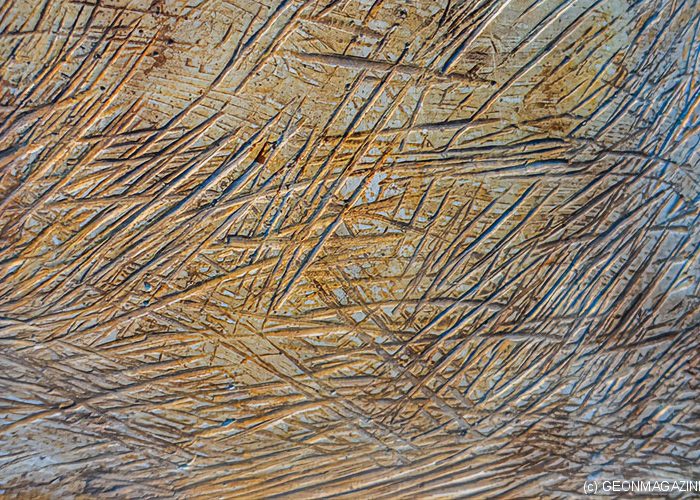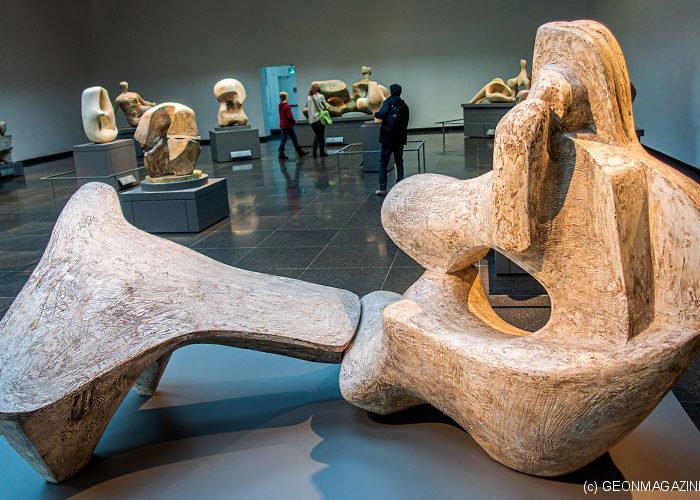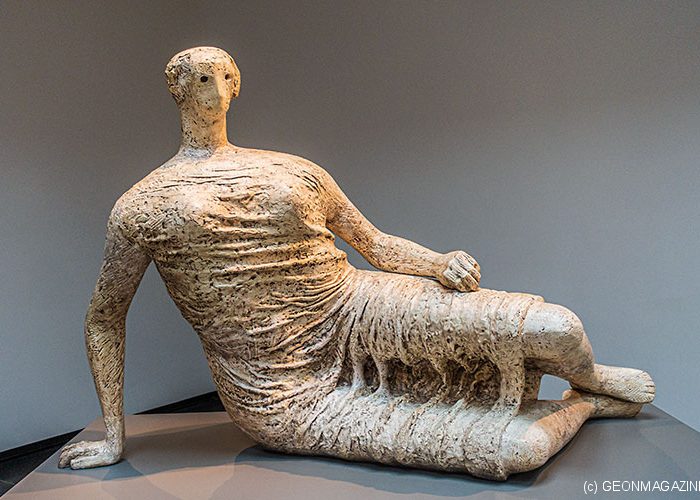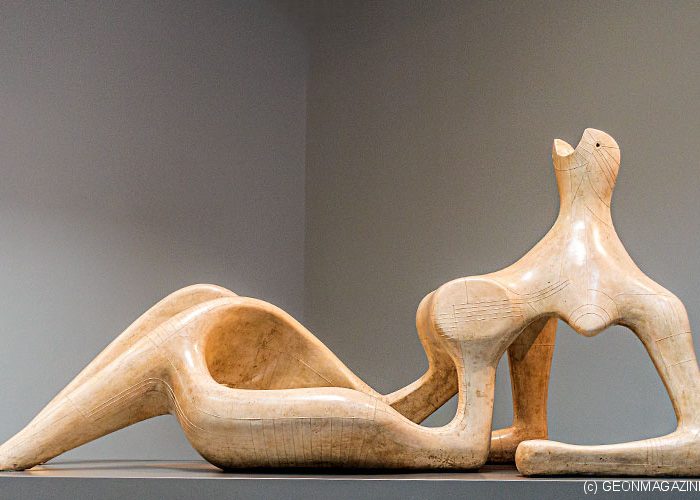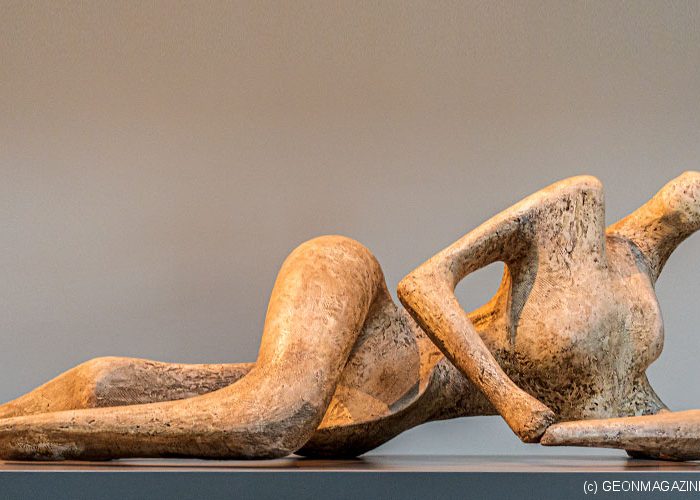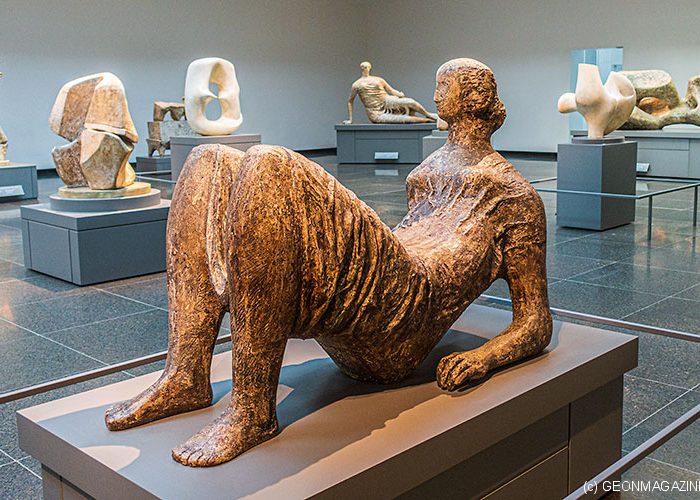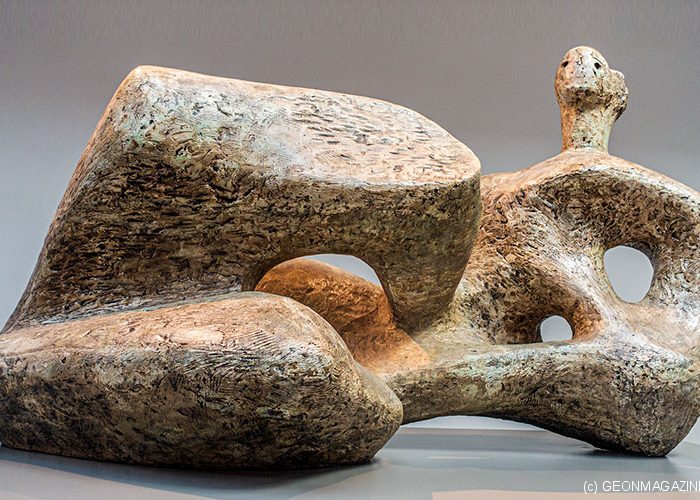The nature was always at the heart of Henry Moore’s artistic vision. Nature is in every deep scratch. Nature in mother planet, nature in mother human. He called “Basic Obsession” for places that were dedicated to motherhood.
I believe it is this intense feeling for the uniqueness of a thing made by the magic of human hands that the sculptor. Henry Moore (born 1898) wants us to have in front of his creations. Moore does not start by looking at his model. He starts by looking at his stone.
Concave and convex shapes were part of Moore’s daily life, which was characterized by the mystery of his creations and greatness.
His monumental works had their own energy, a unique movement.
He wants to ‘make something’ out of it. Not by smashing it´s top bits, but by feeling his way, and by trying to find out what the stone ‘wants’. If it turns into a suggestion of a human figure, well than good. But even in this figure he wants to preserve something of the solidity and simplicity of a rock. He does not try to make a woman of stone but a stone which suggests a woman.
Among his favourite themes were the reclining figure and the mother and child, simple motifs which offered virtually endless opportunities for formal reinvention. The reclining figure, which in his work is almost exclusively female, allowed Moore to study the human body in a wide range of variations, simply by altering the arrangement of limbs or the orientation and incline of the head and torso.
Equally important in Moore’s thinking was the relationship of sculpture with the landscape, an idea which played a central role not only in the making but also in the display and reception of his art.
The observation of nature is part of an artist’s life, it enlarges his form-knowledge, keeps him fresh and from working only by formula, and feeds inspiration. The human figure is what interests me most deeply, but I have found principles of form and rhythm from the study of natural objects such as pebbles, rocks, bones, trees, plants etc….
There is in Nature a limitless variety of shapes and rhythms (and the telescope and microscope have enlarged the field) from which the sculptor can enlarge his form-knowledge experience.
Henry Moore, 1934Sculpture is an art of the open air. Daylight, sunlight is necessary to it. I would rather have a piece of my sculpture put in a landscape, almost any landscape, than in or on the most beautiful building I know.
Henry Moore
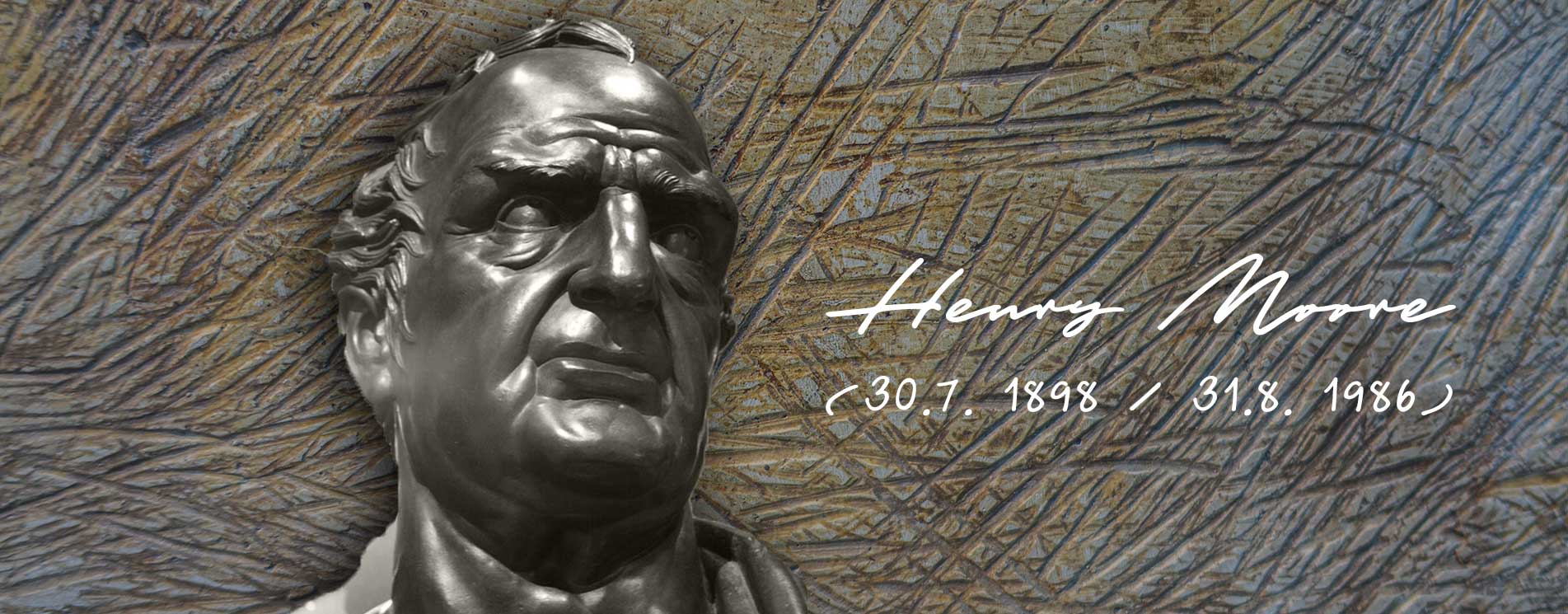
Henry Moore (30.7. 1898 – 31.8. 1986) has always been an important artist for the city of Toronto. In 1958, Finnish architect Viljo Revell won an international competition to design Toronto’s City Hall. Revel admired the work of Moore and recommended that the city purchase one of his bronze sculptures for the new building. A controversy over cost erupted and the sculpture, The Archer, became the most talked about work of art in the history of the city.

